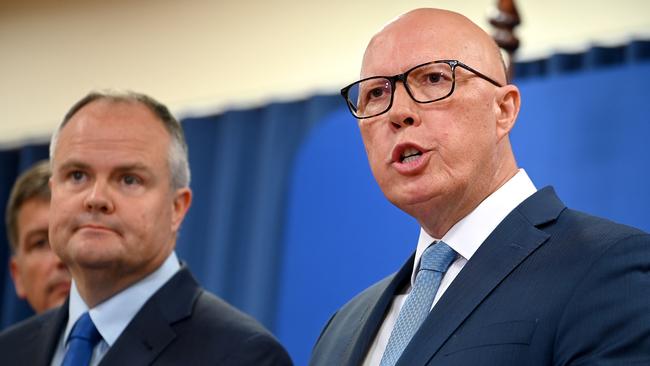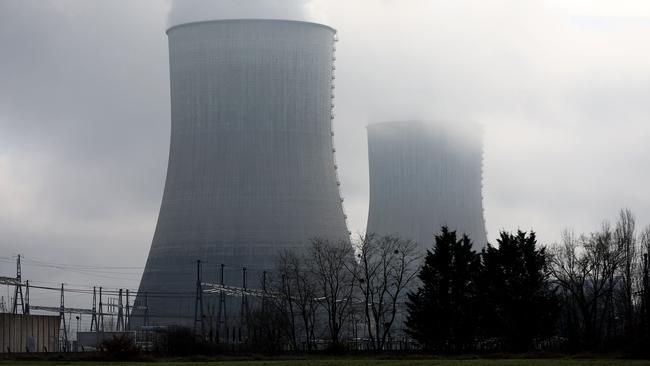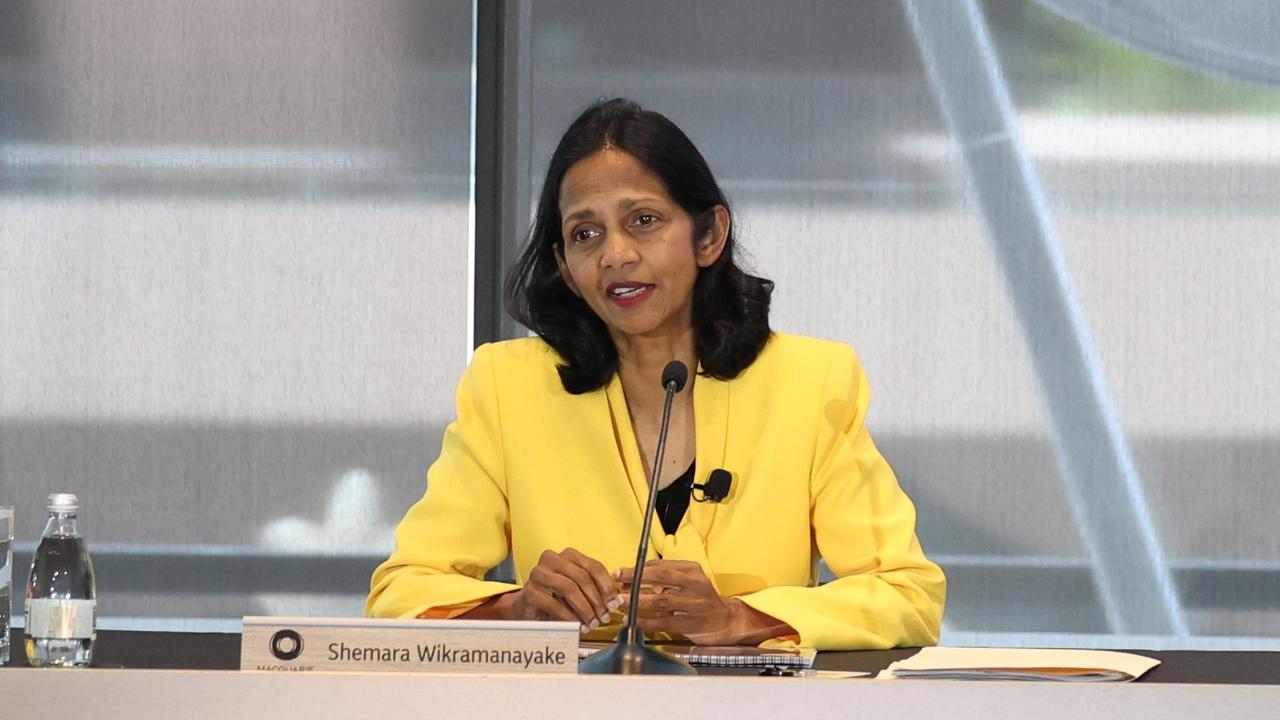World entering new era for nuclear energy but costs and delays a risk: IEA
The Coalition will seize on the conclusion of an IEA report on the rise of nuclear energy as evidence its plan ahead of the federal election is in lock-step with rest of the world.

Business
Don't miss out on the headlines from Business. Followed categories will be added to My News.
The world is entering a new era for nuclear energy as developed countries and emerging nations adopt the technology in a bid to curtail emissions, but cost blowouts and delays are a major risk to unchecked growth, the International Energy Agency says.
The Coalition plans to build seven nuclear power stations as part of a transition to green energy, but the Labor government insists that, unlike other countries, Australia has the inherent advantage of plentiful solar and land resources, meaning nuclear is unnecessary.
Although not commenting on Australia, IEA executive director Fatih Birol said there was growing impetus for the technology, but he said there remained substantial challenges that governments would need to overcome.
“It’s clear today that the strong comeback for nuclear energy that the IEA predicted several years ago is well under way, with nuclear set to generate a record level of electricity in 2025,” Mr Birol said.
“In addition to this, more than 70 gigawatts of new nuclear capacity is under construction globally, one of the highest levels in the last 30 years, and more than 40 countries have plans to expand nuclear’s role in their energy systems. [Small modular reactors] in particular offer exciting growth potential. However, governments and industry must still overcome some significant hurdles on the path to a new era for nuclear energy, starting with delivering new projects on time and on budget – but also in terms of financing and supply chains.”
The IEA in a report said 10 per cent of the world’s electricity was now supplied by nuclear. Developed countries accounted for the bulk of this, but the global map for nuclear was changing.
The majority of projects under construction were in China, which was on course to overtake the US and Europe in installed nuclear capacity by 2030, the IEA said. China was rapidly expanding both nuclear and renewables as it moved to wean off coal.

Russia is also a major player in nuclear technology. Of the 52 reactors that have started construction worldwide since 2017, 25 are of Chinese design and another 23 are of Russian design. Similarly, the report shows how the production and enrichment of uranium, the fuel that goes into nuclear reactors, are highly concentrated.
However, Mr Birol warned that the concentration of nuclear supply chains was a risk that those exploring the energy source would need to be mindful of.
“Highly concentrated markets for nuclear technologies, as well as for uranium production and enrichment, represent a risk factor for the future and underscore the need for greater diversity in supply chains,” Mr Birol said.
While the IEA report is a boost to the Coalition, the country’s energy industry is sceptical that Australia will be able to adopt nuclear.
Should the Coalition win power, it would need to change the law to allow nuclear and negotiate with several private companies for access to the seven sites where they intend to build power stations. That could take a prolonged period of time.
During that time, Australia’s adoption of renewables would probably pressure the economics of nuclear.
While coal remains the dominant source of Australia’s electricity, its role is drastically waning. The rise of renewables means the wholesale electricity price is often so low during the day that coal generators – which are largely inflexible and run consistently throughout the day – are making losses.
Australia’s energy industry has said nuclear technology could play a role, but it would probably be in the form of small modular reactors, which can be flexed to allow generation only when needed. However, small modular reactors remain in their infancy.
The IEA is also bullish on the prospects of small modular reactors.
“The introduction of SMRs could lead to lower financing costs,” the IEA said. “With the right support, small modular reactor installations could reach 80GW by 2040, accounting for 10 per cent of overall nuclear capacity globally. However, the success of the technology and speed of adoption will hinge on the industry’s ability to bring down costs by 2040 to a similar level to those of large-scale hydropower and offshore wind projects.”
More Coverage
Originally published as World entering new era for nuclear energy but costs and delays a risk: IEA





